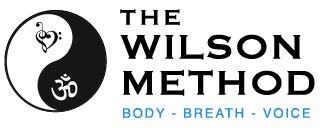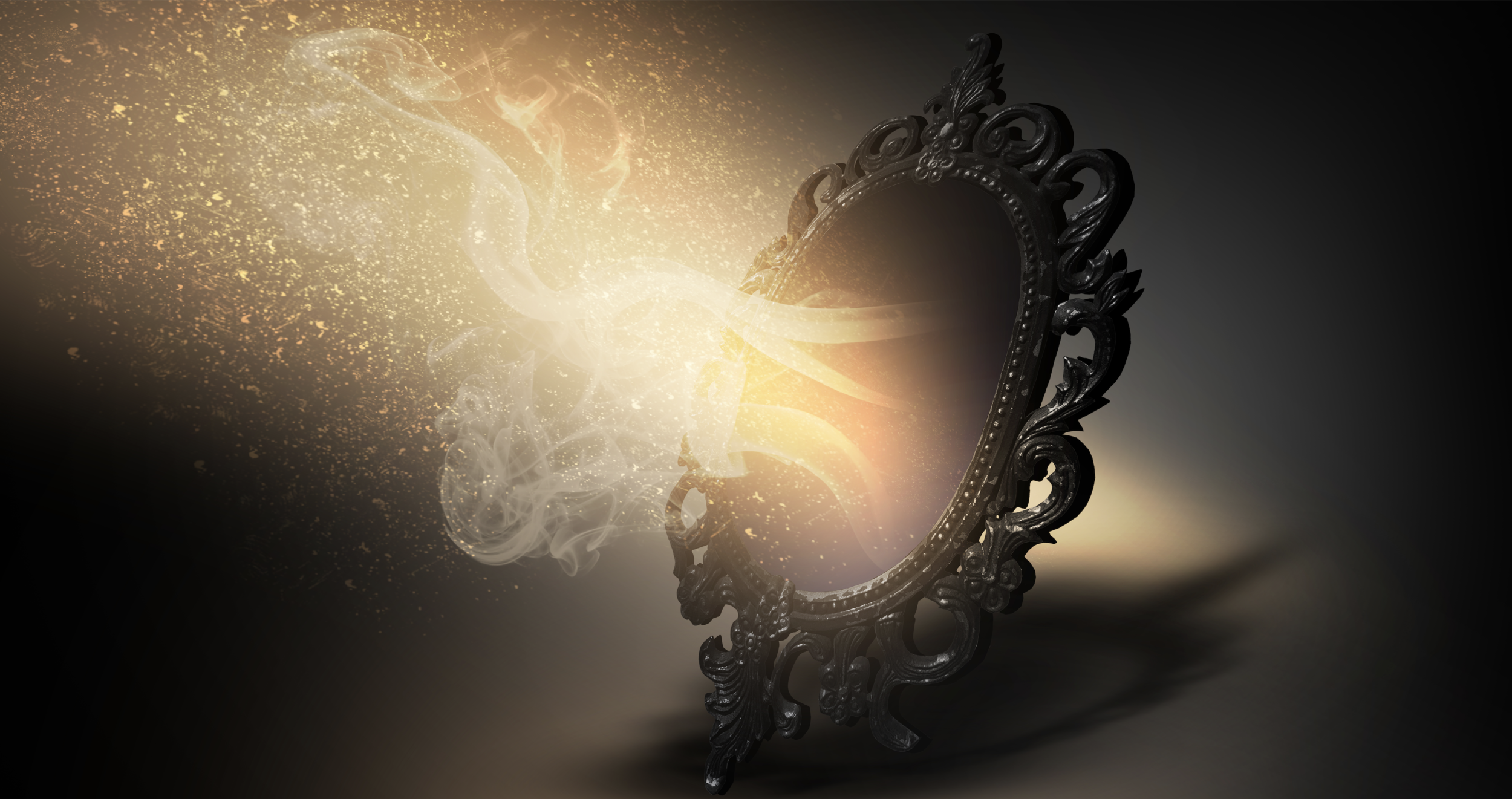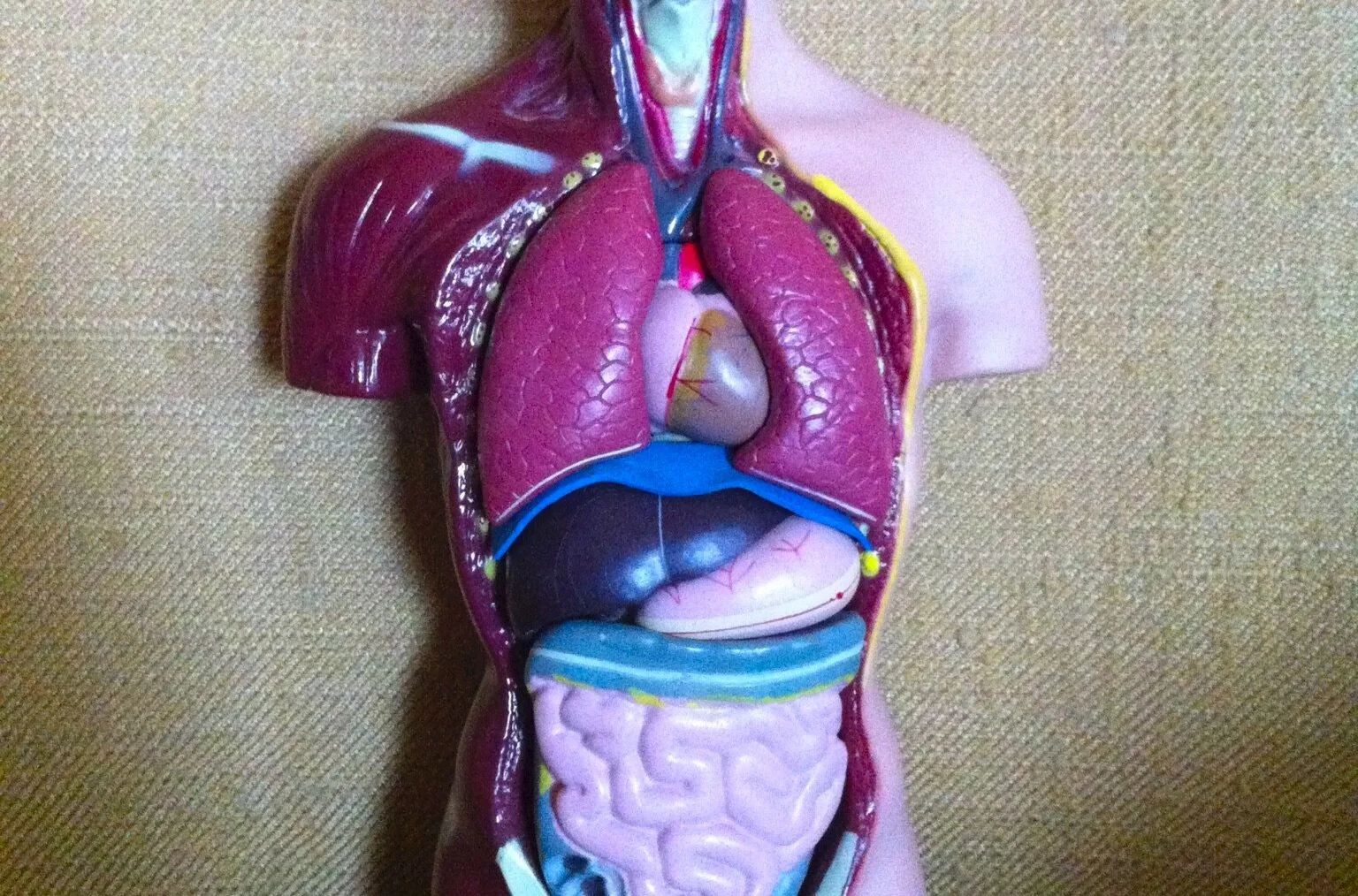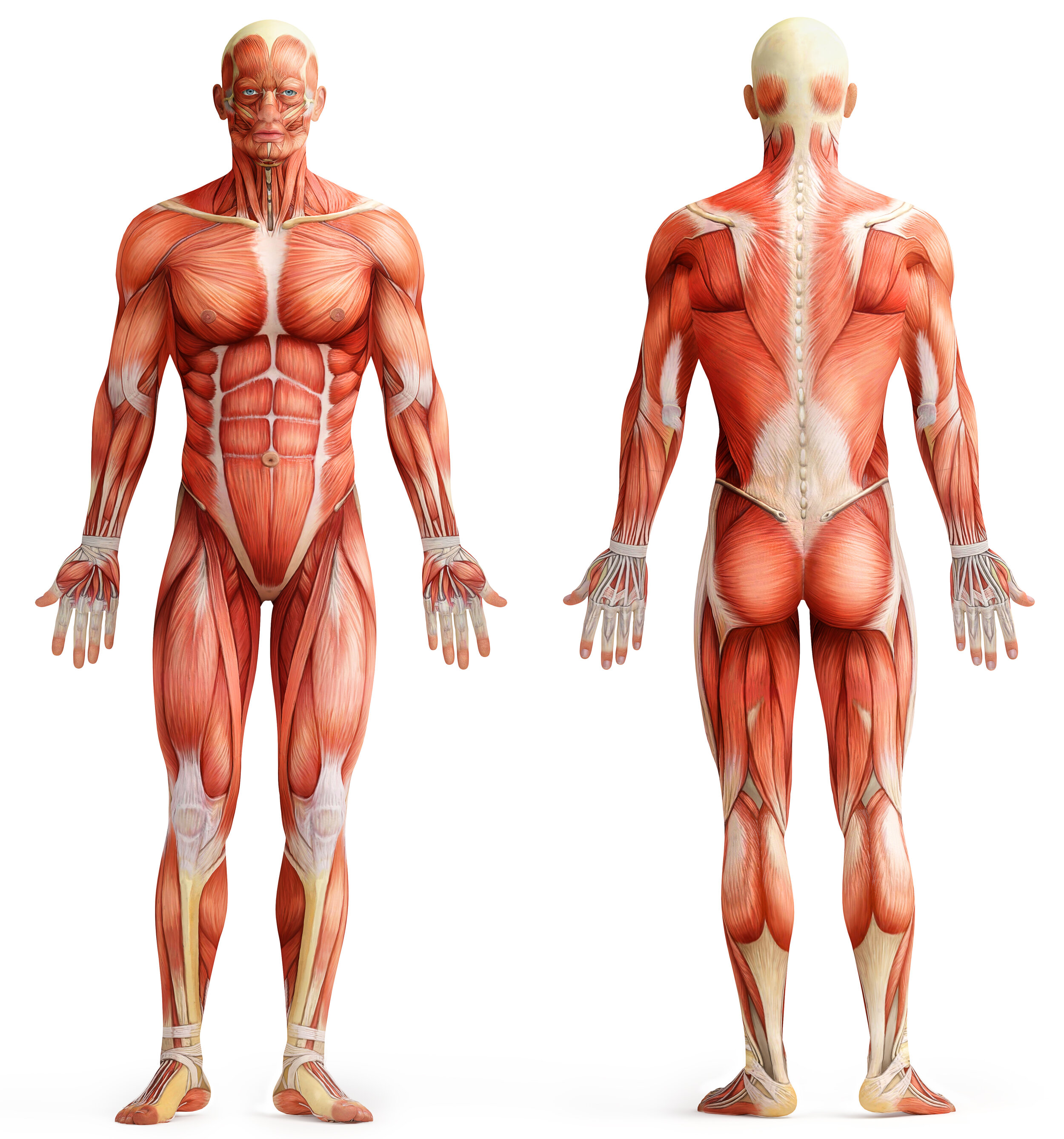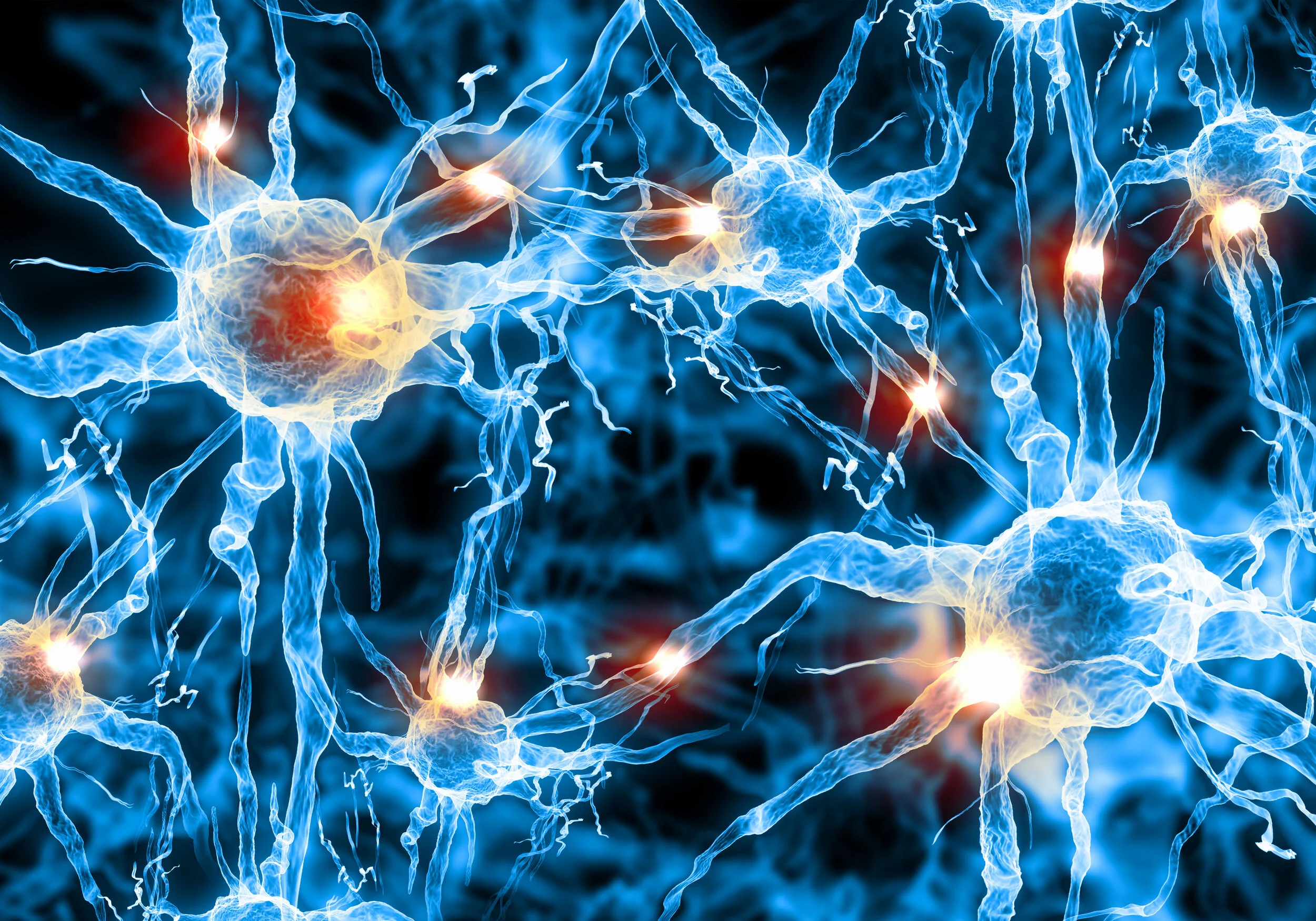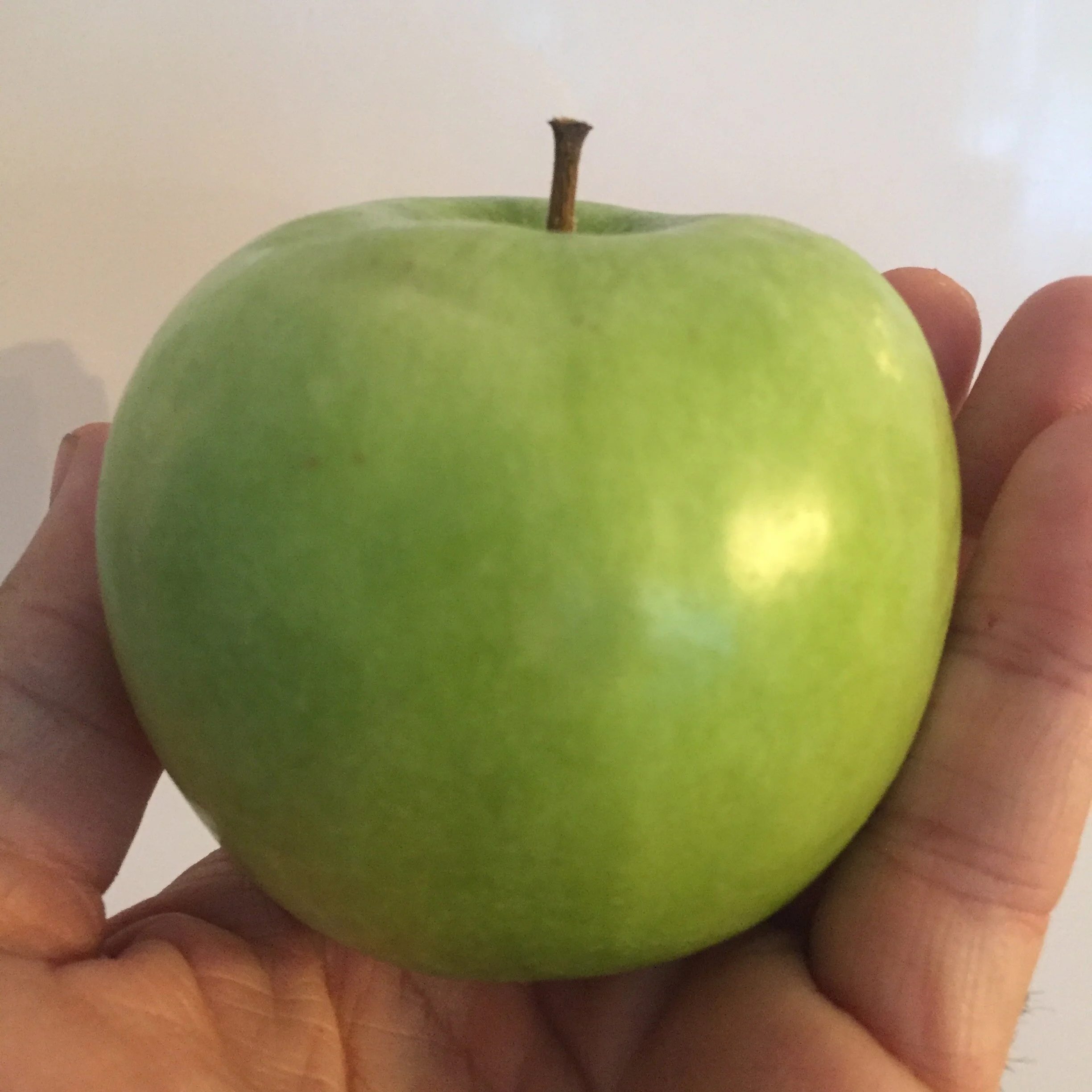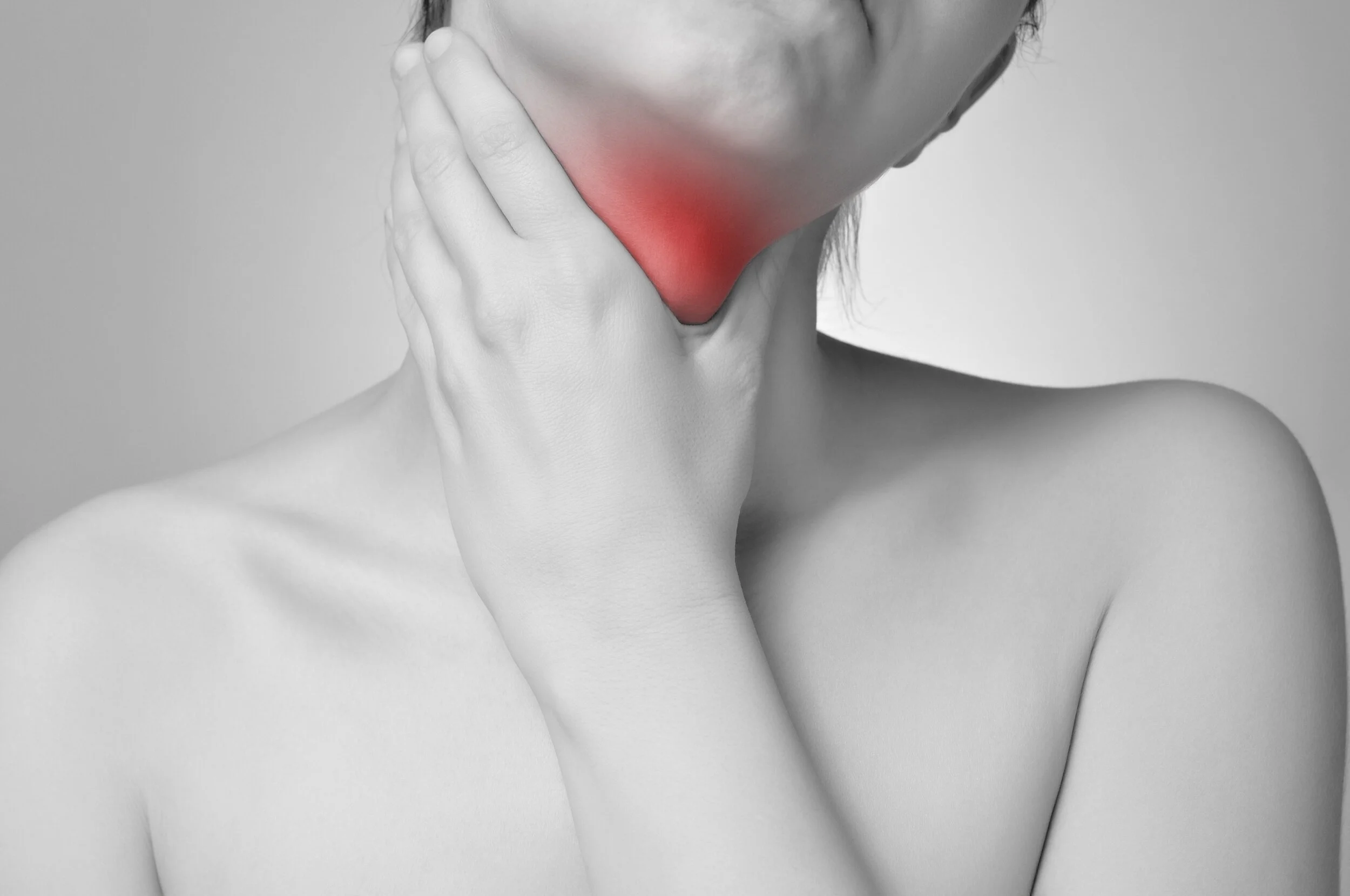The Unconscious Chronic Valsalva Maneuver (UCVM) is today’s greatest non-environmental threat to our physical, mental, vocal, emotional and artistic health.
Seriously. We are, as a race, strangling ourselves from the solar plexus up, and pinching off our ability to express ourselves.
THE VALSALVA MANEUVER: WHAT IS IT?
The Valsalva maneuver is a breathing technique that is performed by trying to exhale while your two airways (mouth and nose) are blocked. It is named after the 17th century Italian anatomist Antonio Maria Valsalva (1666-1723). He was concerned primarily with the anatomy of the ears, coined the term "Eustation Tube", and discovered uses of this technique that would later be named for him.
HOW IS IT DONE?
Close your mouth and pinch your nose, and try to exhale as you bear down as if having a bowel movement. No more than 5-8 seconds. It can be done standing, sitting, or lying down. Ask your doctor before attempting.
WHAT DOES IT DO?
The valsalva maneuver causes rapid changes in your heart rate and blood pressure, and reduces excess air pressure from your inner ear.
HOW DOES IT WORK?
There are four functional phases to the valsalva maneuver:
Phase 1: Blowing air against your two closed airways, closing your glottis as you bear down, causes your chest pressure to increase. Blood is being forced out and away from your heart toward your extremities. This causes a temporary spike in your blood pressure.
Phase 2: A steady drop in blood pressure follows as a limited amount of blood in the veins returns to the heart. When the brain senses this change, the parasympathetic nervous system (PSNS), the part of the Autonomic Nervous System that helps slow the heart rate, releases norepinephrine. Norepinephrine is a chemical that increases the rate and force of each heart contraction. This is part of the body’s “fight/flight/freeze/faint” response.
Phase 3: Immediately following your release of the valsalva maneuver, the relaxation response kicks in and your blood pressure falls for a few moments.
Phase 4: Then blood starts to rush back toward the heart. After a few heartbeats, blood flow should return to normal, and your blood pressure rises as your blood vessels remain constricted. Ideally, this blood pressure increase causes the heart rate to normalize.
WHY DO DOCTORS USE IT?
Tachycardia is an abnormally fast heart rate. If your heart starts beating too fast, the valsalva maneuver can help restore your heart to beating at a more normal rate.
Ahrrythmia is an abnormally irregular heart beat. The valsalva maneuver can help restore your heart to beating at a more normal rhythm.
Blood Pressure. A condition called Postural Orthostatic Ttachycardia Syndrome (POTS), where your blood pressure drops dramatically when you stand after prolonged periods of sitting or lying down, leading to fainting, falls, and other complications. During a valsalva manuever, a qualified medical practitioner will observe abnormal increases in your blood pressure during phases two and four, and thereby help with a diagnosis.
Treating clogged ears. The valsalva maneuver can also help with relatively harmless problems, such as air temporarily blocking the Eustachian tube in your inner ear - you may experience this imbalance in air pressure in your ears during takeoff or landing while on an airplane. The Valsalva maneuver can be used to help your ears “pop” open by forcing air through your sinuses and Eustachian tube.
It can be used to help diagnose autonomic nervous system (ANS) issues - problems with your sympathetic and parasympathetic nerve functions.
Temporarily raising the nitric oxide levels in your sinuses - it can give some relieve for sinusitis or stuffy/clogged nostrils.
WHY AND HOW DO WE USE IT IN OUR DAILY LIVES?
We use it in many ways for many reasons; some are necessary, and some that are extremely dangerous to our health.
PROPER USES OF THE VALSALVA MANEUVER
Sneezing
Coughing
Laughing
Bowel Movement
When experiencing physical attack
When experiencing emotional attack
IMPROPER USES OF THE VALSALVA MANEUVER
Physical Vanity (holding your tummy in)
Singing
To "Strengthen your Core" (it doesn't)
During non-impact exercise or athletic endeavors
After experiencing physical attack
After experiencing emotional attack
CONTRAINDICATIONS: WHEN SHOULD YOU NOT USE IT?
If you have high blood pressure (hypertension or HT)
If you are high risk for a stroke (cerebrovascular accident or CVA)
If you are high risk for a heart attack (myocardial infarction)
If you suffer from glaucoma
If you suffer from a detachment of the retina (or extreme nearsightedness, as retinal detachment is more common for the acutely nearsighted)
Notice that each entry in the “Proper” list is a reflexive and momentary occurrence. This is how the VM was designed - as a quick-twitch short-lived muscular movement. It was not meant to be used in an ongoing, chronic manner, such as every time we effort, move, or feel unhappy, put upon, tired, anxious, angry or upset.
We are overusing the surface sixpack and underusing the deep core. We are externalizing and forcing what should be an internal, natural process. We are unconsciously and chronically employing the Valsalva Maneuver in our daily lives - we think we need it to bolster our physical strength and our emotional stability, and we don't.
The UCVM is our physiological manifestation of the brain's Stress Response. Through our communications network of connective tissue (fascia), the sympathetic nervous system (associated with adrenaline and the fear response) leaps into action generating a protective muscular shield that surrounds and armours our entire torso. It is created through a hyper-tonicization (clenching) of the upper half of the rectus abdominis muscle - it's negative effects on our health are numerous, as the UCVM effectively inhibits diaphragm mobility and tonicity, constraining the proper function of many or all of our internal structures, specifically the respiratory, circulatory, digestive and lymphatic systems. The UCVM also causes a decrease in the amount of stimulation the vagus nerve (our lightswitch for our relaxation response) receives. This lack of diaphragm function creates symptoms that present as asthma or acid reflux, causes numerous vocal problems, decreases core strength, increases physical pain, can cause acid reflux, creates feelings of anxiety, heightens emotional trauma, and suppresses the immune system.
SOLUTIONS FOR DECREASING YOUR USE OF THE UNCONSCIOUS CHRONIC VALSALVA MANEUVER (UCVM)
Core Work
Meditation
Awareness
Breath Therapy
Physical Therapy
Restorative Yoga
Vocal Entrainment
Movement Re-Education
Diaphragm Strengthening
1. Core Work
By core work I mean the kind of core work where you are still breathing diaphragmatically as you exercise. This is very different from the old-school (ie: incorrect) version of core work where you held your breath, squeezing everything you've got as you sit-up or pull-up. This old method was in fact not increasing core strength at all - it was only serving the surface muscles, mainly the rectus abdominis and external obliques (The Glamour Core). If you can breath diaphragmatically while doing your core exercises (that is, breathing low, not high) then you are doing core work that is effective and good for you.
There is a great deal of misunderstanding about what Core is, how it functions, and how to make it stronger. These misunderstandings are taking place in gyms, voice studios, pilates, yoga classes, and even in physiotherapy offices. Many are confusing the UCVM with a "Strong Core." The Valsalva Maneuver does not increase Core strength; in fact, this action SHUTS OFF THE CORE. To prove this to yourself, tighten your six-pack like someone is going to punch you in the stomach - now try to breathe diaphragmatically... impossible, yes? In most cases, unless we are high-level athletes or stage performers, we don't need to make the core stronger, we need to make it more effective, which then makes it stronger.
There is far too much straining and tightening disguised as "core work". The sixpack, or rectus abdominis, is NOT CORE. When we stop over-exerting/over-tonicizing our (external) rectus abdominis and external obliques (the Unconcious Chronic Valsalva Maneuver) our Deep Core (Pelvic Floor, Transverse Abdominis, Quadratus Lumborum, Psoas, Diaphragm and Multifidus) ENGAGES ON IT'S OWN. Therefore, by unwinding surface tension we have access to greater core strength that has been there all along.
2. Meditation
There are hundreds of styles of meditation. Each one has different values and uses, as each can have a different effect on the brain. Meditation is one of the best ways to help you become more aware of your body, mind and thoughts in a way that will reduce physical, emotional and mental distress. The more emotionally balanced you are, the less effort you will need to move through life, and therefore the less you will be activating your UCVM "panic button" muscles. You will be more in flow.
3. Awareness
We have to notice a thing before we can work with that thing. The more aware we are, the more aware we become of our physical and mental reactions to life on earth. You will begin to separate the occurrence from the thought, and the thought from the physical reaction. We begin to first, notice the UCVM, then we begin to notice that we don't need it the way we thought we did, and we begin to feel better.
4. Breath Therapy
We are breathing poorly: We let our reactions to the rigors of life adversely affect our respiratory system. It is subtle and slow, which is why it is not being noticed much less diagnosed by our allopathic Western Medical System. Research has shown that yoga, meditation and lowering your breath cycles per minute have massive beneficial effects on many clinical conditions, including depression, anxiety disorders, asthma and post-traumatic stress. This suggests that normalizing the underlying autonomic nervous system imbalance, through reversing it's physiological response on the body (UCVM) can improve symptoms and bolster resilience. In other words, returning to healthy, natural breathing patterns sends an uptake message to the brain, suggesting we are, even for a moment, safe. Muscles and fascia relax, which in turn reduces swelling, which lowers hypertension, inflammation and therefore phlegm production; we have more energy and less pain. There are hundreds of methods that work with the breath. Most of them are manipulating the breath in a manner that goes against what is NATURAL. The best methods out there are those that aim to return to the respiratory patterns of our youth, before we decided life was hard, and those which reverse the habits forced on us by the rigors of life. The Wilson Method is a leader in this area. The surrender sigh is our #1 best healing tool available to us. And it’s free... with no harmful side effects. It is the parasympathetic nervous system that should return the body to a calm baseline. The surrender sigh stimulates the vagus nerve, increasing relaxation chemicals (GABA levels) in key areas which raise parasympathetic nervous system tone and lowering sympathetic nervous system activity. Therefore the surrender sigh offers the nervous system permission to give the body (muscles/fascia) permission to LET GO: It functions as a built-in trigger for dropping out of anxiety - it takes practice, but it can be very effective. We learn to manipulate our breathing and therefore nervous system in order to improve our mental, physical, emotional and spiritual health. As a method to counter the mental, emotional and physical effects of the UCVM, we can employ our mind-body-respiratory connection to help ourselves switch out of the Fight/Flight/Freeze/Faint (sympathetic) nervous system and drop into the Rest/Relax/Renew/Repair (para-sympathetic) nervous system (PSNS). The surrender sigh is at the basis (along with physical therapy, movement re-education, core work, restorative yoga, vocal entrainment and meditation) of TWM's highly successful work with those facing challenges of anxiety, panic attacks, asthma, COPD and vocal pathology.
5. Physical Therapy
This is the section of The Wilson Method that is done by the practitioner. Here we employ a modified type of massage and gentle pressure to release long-held muscle and fascia tension held in the body. This is especially helpful for dropping anxiety, asthma and COPD relief, as well as vocal health. For stage actors, it means a de-armouring of physical tension that we may not even know is there. Once this UCVM shield has dissolved, we find we have greater access to our inner character, a more meaningful stage relationship with our fellow actors, and a more direct connection to our audience.
6. Restorative Yoga
The Restorative Yoga module is you doing the physical therapy component for yourself. Restorative yoga is done on your own, in resting postures, aided by pillow, straps and balls. The idea is to rest in these postures until you drop into the RRRR Para-sympathetic Nervous system, thereby giving your body the permission to release physical tension, and LET GO. It takes more time, but is many more times effective and long-lasting than simple, mindless exercise, because you are relaxing at a far deeper level; that is in an Alpha brain-wave state; the PSNS is where we employ long-term learning both mental and physical. The body begins to remember who healthy, relaxed and strong it can be when not receiving constant stress signals from the brain.
7. Vocal Entrainment
This module is for anyone that uses their voice. This work reconnects your voice to your breath, to your body and to your power. You learn to support your voice. You will increase your vocal resonance, ensuring that you are heard and listened to. It will make you a better leader (as opposed to a "boss"), as numerous studies have shown, people with more resonance in their speaking voices tend to be those that are trusted more. For singers, this work can be the difference between giving up due to lack of success (not talent) and continuing to sing for the joy and love of it, or even a career.
8. Movement Re-Education
Most everyone is activating the UCVM to do the most simple, lightweight tasks. We are pulling a UVCM to sit, stand, get dressed, bend over, reach up, not to mention dance and sing. This takes us OUT OF FLOW. This is what gives us premature pain, and can lead, eventually to deciding we are getting old (prematurely). Common knowledge has us lifting heavy objects partially wrong as well. "lift with your legs not your back" is correct, but this is only half the answer. The other half is using your exhale properly to lift, WITHOUT over-tonicizing (engaging) the sixpack (the UCVM). Having worked with hundreds of dancers, actors and professional athletes, The Wilson Method has created a system of movement training that assists in creating more flow, power and strength while decreasing effort, strain and pain.
9. Diaphragm Strengthening
This is a combination of physical therapy, restorative yoga, body rolling, and awareness work. Our diaphragms are weak because we are severely under-using them. The diaphragm is a muscles - it must be flexed. At first the diaphragm is hard to find, because we cannot see it, and because we have taken over its job by over-using the sixpack. So this work is done with a combination of releasing the UCVM, and a very specific set of weight-lifting exercises for the diaphragm.
We need a revolution in the way we move, live, and exercise - and success is not complicated. It involves a little personal awareness and stick-to-it-ness.
Breathe when you move - that in itself will change your life.
